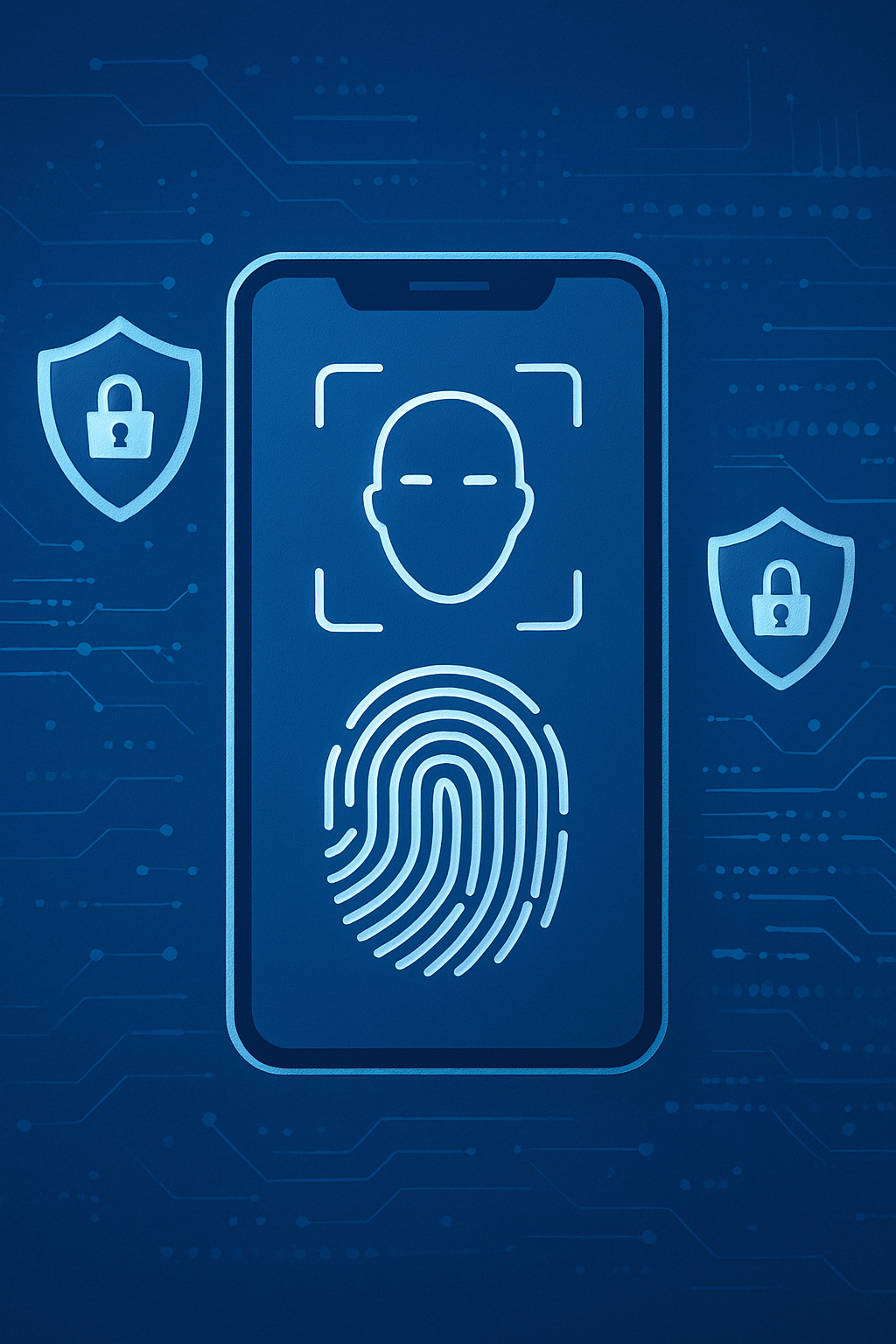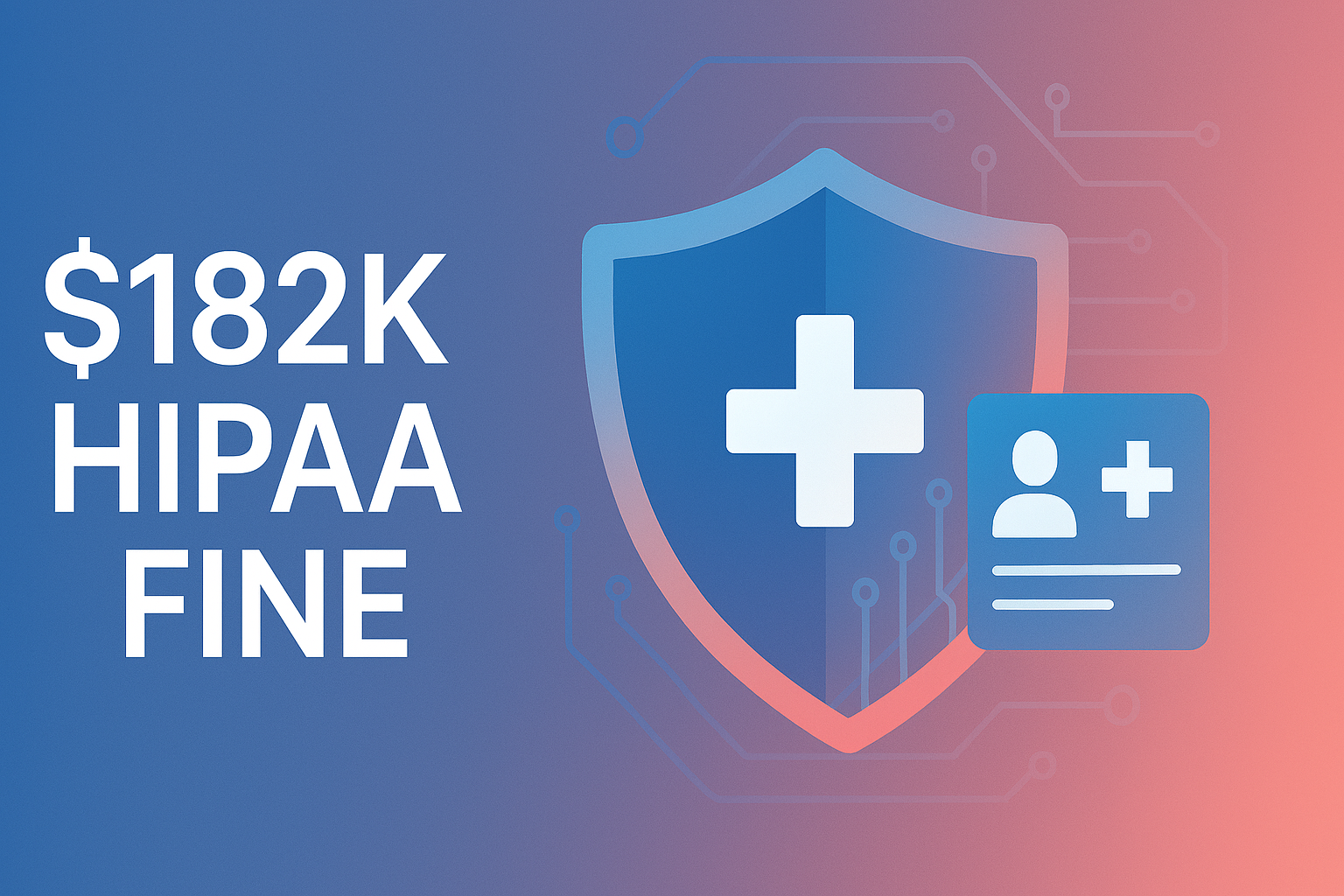The Future of Passwords: Are We Finally Moving to Passwordless Security?
Table of contents
For decades, passwords have been the gatekeepers of our digital lives. Yet despite their ubiquity, they remain one of the weakest links in cybersecurity. The average person juggles over 100 passwords, leading to poor security practices like password reuse and predictable patterns. Now, a revolutionary shift is underway. Passwordless security is emerging as the solution to our authentication woes, promising stronger protection with unprecedented convenience. But are we truly ready to abandon passwords forever?
The Critical Problem with Traditional Passwords
Passwords have become a liability rather than a safeguard. Cybersecurity statistics paint a sobering picture: over 80% of data breaches involve compromised credentials, and billions of passwords are exposed in data leaks annually. The human factor compounds this vulnerability. Users create weak passwords like “123456” or “password,” reuse credentials across multiple platforms, and fall victim to phishing attacks that trick them into surrendering their login information.
The password management burden has grown unsustainable. Organizations spend millions on password reset systems, while employees waste valuable time recovering forgotten credentials. Meanwhile, sophisticated cyberattacks continue to exploit password weaknesses through brute force attempts, credential stuffing, and social engineering tactics. The writing on the wall is clear: passwords are no longer fit for purpose in our interconnected digital ecosystem. Implementing robust backup and disaster recovery solutions has become essential as organizations recognize that password-based security alone cannot protect critical data.
What Exactly Is Passwordless Security?
Passwordless security represents a fundamental reimagining of authentication. Instead of relying on something you know (a password), this approach leverages something you are (biometrics) or something you have (a trusted device). The technology eliminates the need to create, remember, or type passwords entirely, replacing them with more secure and user-friendly alternatives.
Modern passwordless systems utilize several cutting-edge technologies. Biometric authentication employs fingerprints, facial recognition, or iris scans to verify identity. Security keys—physical devices that connect via USB or wireless protocols—provide hardware-based authentication. Passkeys, built on FIDO2 standards, use cryptographic key pairs stored securely on your devices. Magic links deliver one-time authentication URLs directly to verified email addresses or phone numbers.
The Technologies Driving the Passwordless Revolution
Biometric authentication has matured dramatically in recent years. Modern smartphones incorporate sophisticated sensors capable of reading fingerprints with exceptional accuracy and mapping facial features in three dimensions. These biometric markers are nearly impossible to replicate and remain unique to each individual, providing security that passwords simply cannot match.
Passkeys represent perhaps the most promising passwordless innovation. Developed through collaboration between tech giants including Apple, Google, and Microsoft, passkeys use public key cryptography to authenticate users. When you create an account, your device generates a cryptographic key pair: a public key stored on the server and a private key that never leaves your device. This architecture makes phishing impossible, since attackers cannot steal what is never transmitted.
Multi-factor authentication has evolved beyond passwords too. Modern implementations combine device possession, biometric verification, and behavioral analytics to create layered security that adapts to risk levels. If you are logging in from a recognized device in a familiar location, authentication flows seamlessly. Unusual activity triggers additional verification steps automatically.
Major Organizations Leading the Passwordless Charge
Industry adoption of passwordless security has accelerated dramatically. Microsoft reported that over 100 million users authenticate without passwords across its services monthly. The tech giant eliminated password requirements for consumer accounts in 2021, allowing users to rely entirely on authenticator apps, biometrics, or security keys.
Google has implemented passkey support across its ecosystem, enabling users to sign in to Gmail, YouTube, and other services without passwords. The company reports that passkeys are used successfully 95% of the time and are twice as fast as traditional password entry. Apple integrated passkey functionality deeply into iOS and macOS, automatically syncing authentication credentials through iCloud Keychain while maintaining end-to-end encryption.
Financial institutions have embraced passwordless methods to combat fraud. Banks now deploy biometric authentication for mobile banking apps, reducing unauthorized access while streamlining legitimate transactions. Government agencies are piloting passwordless systems for citizen services, recognizing both security advantages and improved accessibility. For businesses concerned about comprehensive protection, managed IT services can help implement passwordless solutions alongside existing security infrastructure.
The Benefits Beyond Security
While enhanced security drives passwordless adoption, the benefits extend far beyond threat mitigation. User experience improves dramatically when authentication friction disappears. Logging in with a fingerprint or face scan takes seconds and requires zero cognitive effort, eliminating frustration associated with forgotten passwords.
Organizations realize substantial cost savings by eliminating password-related support tickets. Help desk calls for password resets consume significant IT resources, costing businesses an estimated $70 per reset. Passwordless systems redirect these resources toward more strategic initiatives while improving employee productivity.
Accessibility considerations make passwordless security more inclusive. People with cognitive disabilities often struggle with password requirements, while those with motor impairments may find typing difficult. Biometric authentication and simplified device-based methods remove these barriers, ensuring digital services remain accessible to all users.
Challenges and Considerations
Despite its promise, passwordless security faces implementation hurdles. Legacy systems built around password authentication require significant retooling to support modern protocols. Organizations must invest in new infrastructure, update applications, and train users on unfamiliar authentication methods. Professional IT support can facilitate this transition by assessing existing systems and developing migration strategies.
Privacy concerns warrant careful consideration. Biometric data storage raises questions about who controls sensitive biological information and how it is protected. Reputable passwordless implementations address these concerns through local storage of biometric templates and cryptographic techniques that prevent biometric data extraction.
Device dependency introduces new considerations. If passwordless authentication relies on smartphones or security keys, losing these devices could lock users out of accounts. Robust account recovery mechanisms become critical, requiring organizations to balance security with usability when users need to regain access. Cloud services integration can help maintain seamless access across multiple devices while preserving security standards.
The Road Ahead for Passwordless Security
The trajectory toward passwordless authentication appears irreversible. Industry standards continue maturing, with the FIDO Alliance expanding support across platforms and applications. Browser vendors have committed to passkey implementation, ensuring consistent experiences across different websites and services.
Hybrid approaches will likely dominate the transitional period. Many organizations are implementing passwordless options while maintaining password fallbacks for users not yet ready to make the switch. This gradualist strategy allows time for education and adaptation while delivering immediate security benefits to early adopters.
Emerging technologies promise even more sophisticated authentication. Behavioral biometrics analyze typing patterns, mouse movements, and device interaction habits to continuously verify identity throughout sessions. Artificial intelligence enhances fraud detection by identifying anomalous authentication attempts in real-time.
Conclusion: Embracing the Passwordless Future
The question is no longer whether passwordless security will replace traditional passwords, but how quickly the transition will occur. With major technology companies leading by example, user expectations shifting toward frictionless experiences, and cyber threats growing more sophisticated, the momentum behind passwordless authentication has become unstoppable. Organizations that embrace this transformation today will enjoy competitive advantages in security, user satisfaction, and operational efficiency. As we stand at this inflection point, the password’s decades-long reign is finally coming to an end, ushering in a safer and more convenient era of digital authentication. The future of security is passwordless, and that future is arriving now.




Comments are closed